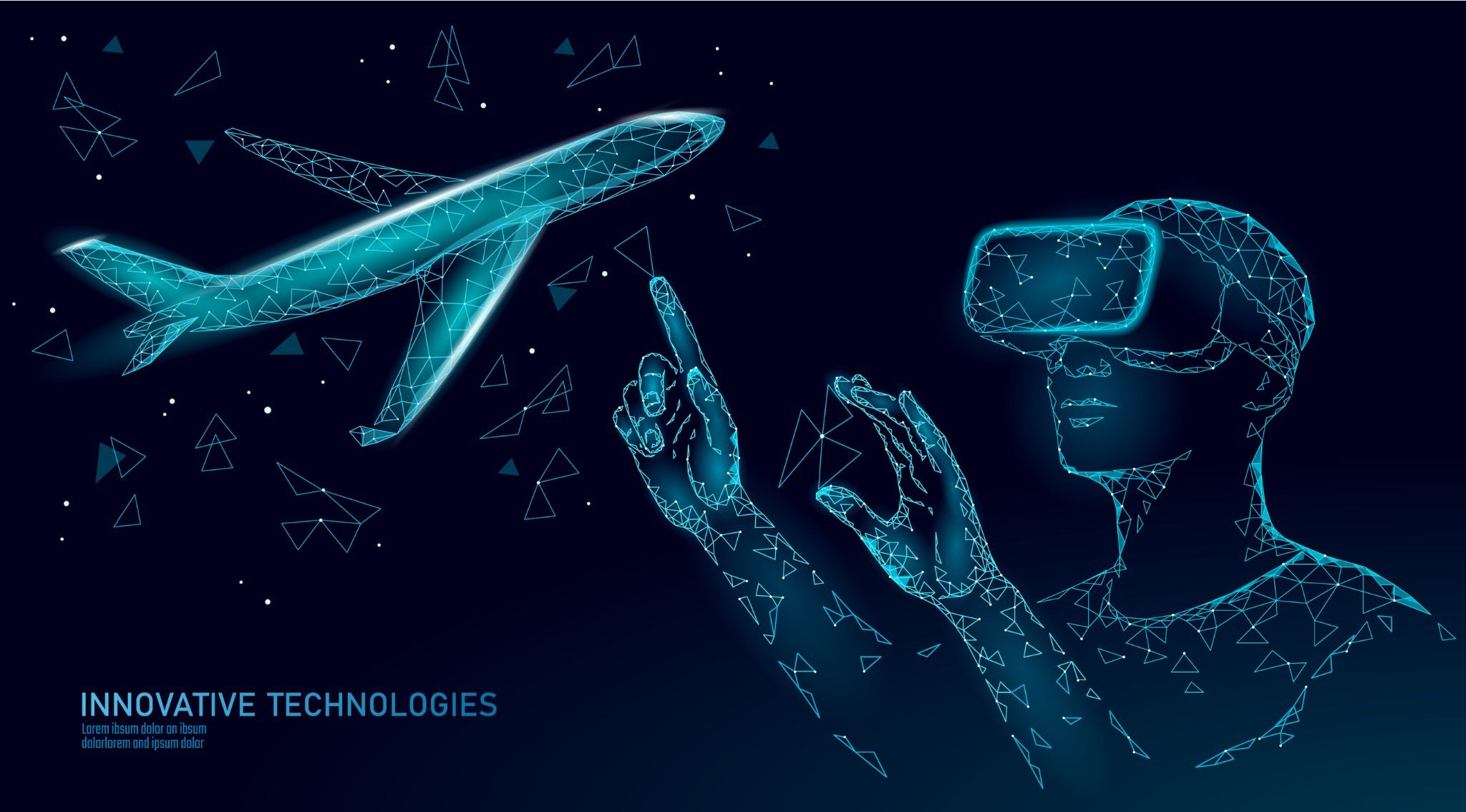Extended Reality Welcome to the exciting world of extended reality (XR), where virtual reality (VR), augmented reality (AR), and mixed reality (MR) blend seamlessly to create immersive and transformative experiences. In this blog post, we will embark on a journey to explore the rise of extended reality and delve into its various applications in gaming, entertainment, education, retail, industrial sectors, and beyond.
Virtual Reality (VR) in Gaming and Entertainment
Virtual Reality (VR) technology has taken the gaming and entertainment industries by storm, offering users immersive and lifelike experiences like never before. With advancements in VR hardware and software, users can dive into virtual worlds and interact with digital content in ways that were once only imaginable.
In gaming, VR has revolutionized the way players engage with their favorite titles. The ability to step into the shoes of a character and explore intricately designed virtual environments adds a new level of depth and excitement. From action-packed adventures to immersive simulations, VR games offer a heightened sense of presence and interactivity.
Moreover, VR has expanded beyond gaming, extending its reach into the entertainment industry. Virtual reality experiences allow users to attend concerts, visit museums, or explore historical sites from the comfort of their homes. The ability to transport oneself to different locations and eras through VR has opened up new avenues for storytelling and exploration.
Augmented Reality (AR) for Real-World Applications
Augmented Reality (AR) technology enhances the real world by overlaying digital information and visuals onto the user’s physical environment. While VR creates entirely virtual experiences, AR enriches reality with digital elements, blending the virtual and physical realms seamlessly.
One of the most significant applications of AR is in education. AR can transform traditional learning experiences by overlaying educational content onto textbooks or physical objects. Students can visualize complex concepts in a more interactive and engaging manner, making learning more enjoyable and effective.
In the retail industry, AR offers unique experiences for customers. Virtual try-on applications allow users to see how clothing or accessories would look on them before making a purchase. AR also enables virtual furniture placement, allowing customers to visualize how pieces would fit in their homes before buying.
Mixed Reality (MR) and Industrial Use Cases
Mixed Reality (MR) combines elements of both VR and AR, creating a unique hybrid experience that blends virtual and real-world elements seamlessly. MR has found numerous applications in industrial sectors, revolutionizing training processes, remote assistance, and maintenance procedures.
In industries such as manufacturing and engineering, MR enables workers to visualize complex machinery and equipment. By overlaying digital models and instructions onto physical objects, MR enhances training processes, making them more intuitive and efficient. Workers can learn procedures and practice troubleshooting in a safe virtual environment.
Conclusion:
Extended Reality (XR), which encompasses VR, AR, and MR, is rapidly transforming various industries, providing users with immersive and interactive experiences. Whether it’s stepping into virtual worlds in gaming, augmenting reality for practical applications, or merging the virtual and physical realms in mixed reality, these technologies are reshaping the way we interact with digital content and the physical world. As XR continues to evolve, its potential for innovation across industries is vast, opening up new opportunities for education, entertainment, healthcare, and more.

